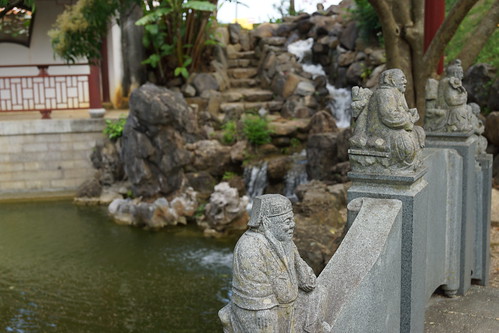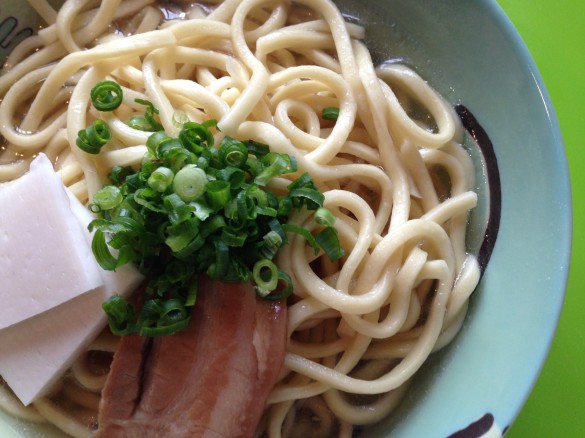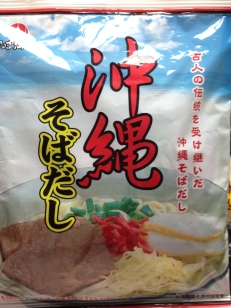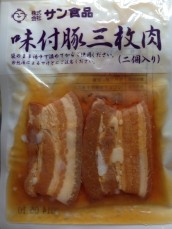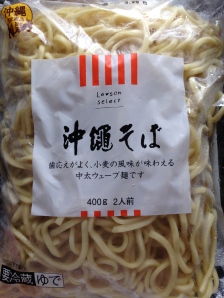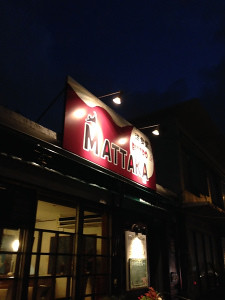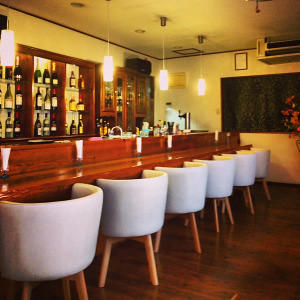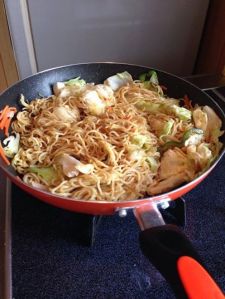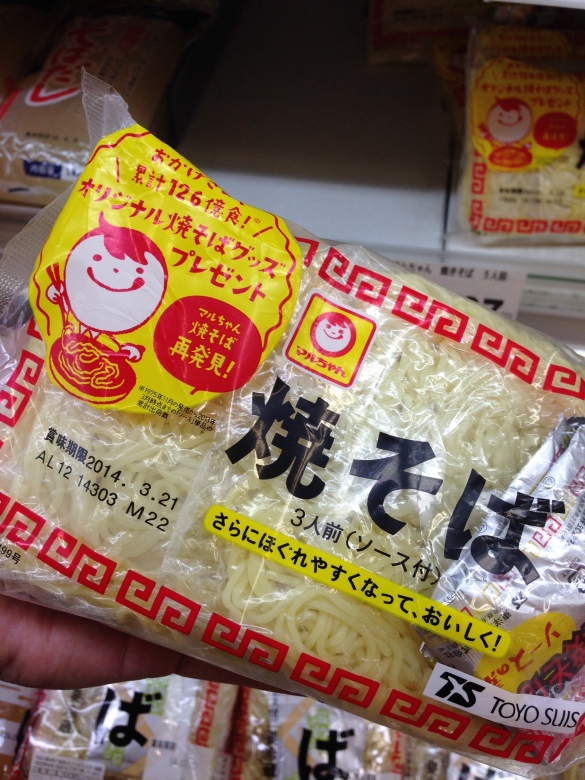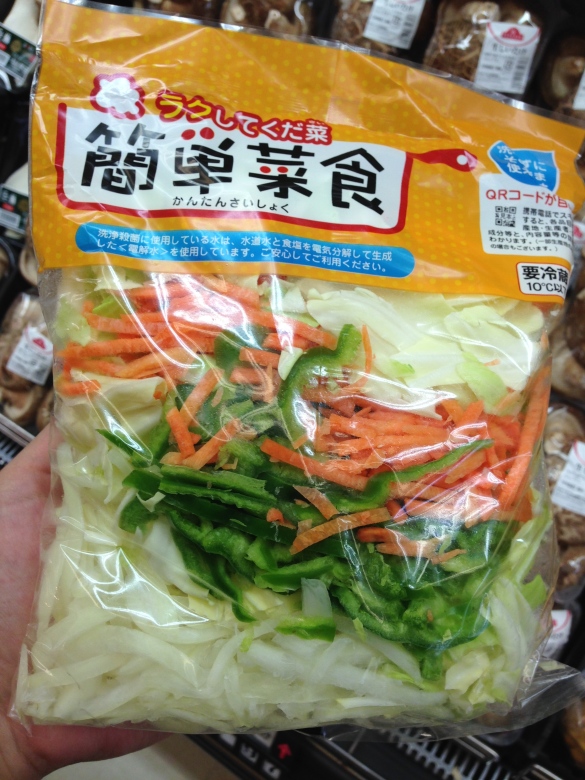Finding work in Okinawa is always a hot topic among my readers and viewers. Everyone wants to know the key to getting into a solid position and starting a life on this beautiful island in southern Japan. Unfortunately the answers to these questions are not quite as cut and dry as I am sure people would prefer. Often times they change from year to year. . . sometimes even more frequently. In fact the last “Workin’ For A Livin” post that I made was in February of this year (2014) and things have already changed.
So what has changed and what has stayed the same? First and foremost let’s talk about what has stayed the same. For the most part there are still three main options for foreigners seeking employment here in Okinawa. These include being an English teacher, working for the US Government or being a contractor. Of course there are a number of other options for those with specialized skills and fluency in the Japanese language but we’re going to stick to the basics again in this post. What has changed are the technicalities and details that goes along with each option. I’ll go into the specifics in detail throughout this post.
The first thing I want to discuss is being an English teacher here in Okinawa. Working as an English teacher here is in some ways very similar to teaching English in other parts of the country although there are some distinct differences. These differences are centered around supply and demand. Here in Okinawa there is not a very high demand for English teachers because of the size of the island. There is also an endless supply of English speaking foreigners, thanks to the US Military presence, making it easy to fill positions. Companies also benefit from hiring military personnel because they do not require visa sponsorship, benefits and are often will accept what would otherwise be considered an unfair wage. So what has changed with English teaching? Although the number of English teaching jobs here in Okinawa has not increased in the past few months there have been a few changes that those seeking employment in this area might want to take note of. First is education. Although to get a visa teaching English in Japan you’ll need a BA many people have often got by without needing any degree in order to work as an English teacher here in Okinawa. Nowadays however this is stating to change. We are seeing many more English school requiring that people have at least a BA or BS. In a number of cases schools are also requesting that English teachers have specific teaching qualifications (including a degree in Education and/or teaching certifications) as well as experience teaching English as a second language. I’ve also noticed in recent months that some English schools are being much more particular about where their employees live. Some schools are even going so far as to turn down employees based on the fact that they live in an area that, according to the school, is too far away. This is actually something that has happened to me multiple times within the past 6 months. We’re not talking major distances either. Schools about 45 minutes away from my home, which are within what I consider a reasonable commute, have turned me down because I live what they feel is too far from the school.
The next area to discuss is working with the US Government. This used to be a fantastic option for Americans wanting to live in Okinawa because being home to over 30 US Military bases the island had quite a few options available. However, things have changed quite a bit. The US Government has definitely started to tighten their belt when it comes to hiring people who are not currently military spouses or active duty military members. There have also been a huge decrease in the number of jobs which offer visa status. This makes it tremendously difficult for someone who is not military or married to a military member to find a job with the US Government here in Okinawa. Requirements are also changing. More and more entry level jobs which have not required a degree for the past decade are now requiring a BA or certifications. These jobs include such areas as working at the commissary or as a tour guide. Others are requiring that their employees be bilingual in order to be considered. In my opinion this takes working for the US Government of the list as an employment option for those wanting to live in Okinawa because it’s just not feasible. Then again these things change so frequently that I may be singing a different tune here in the next few months.
Finally let’s take a moment to talk about becoming a contractor here in Okinawa. Not much has really changed in this area. It is still a trickily area because contract work can be unsteady and unreliable. However, overall there has been no major changes to how hit or miss getting a contracting job can be. You can read all about finding a job as a contractor in the original “Workin’ for a Livin” post.
LIke anywhere else Okinawa has it’s challenges and advantages when it comes to finding a job. In recent months I would definitely go so far as to say the challenges are outweighing the advantages. As always it takes a great deal of effort to find a job and Okinawa is no exception to that rule. At the end of the day, however, it is worth it to live on the beautiful island of Okinawa. . . . if that’s what you’re looking for.

